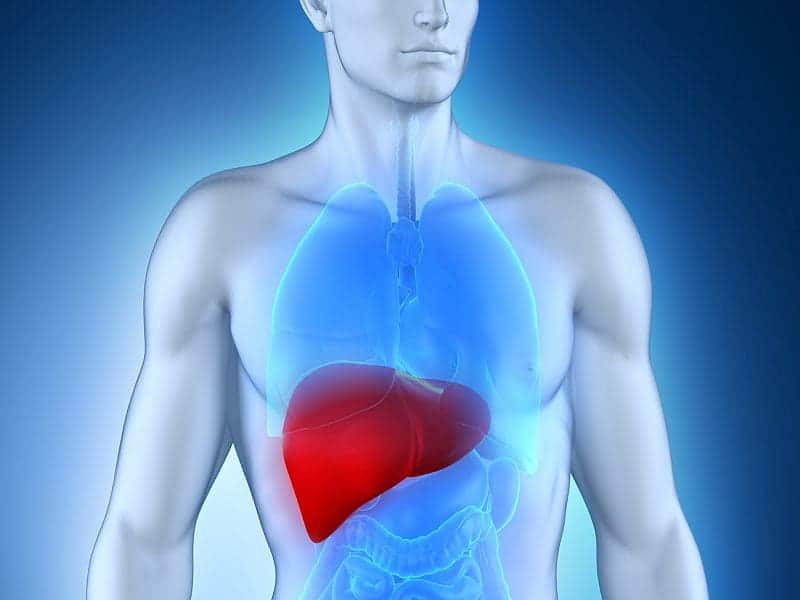FRIDAY, May 10, 2019 (HealthDay News) — From 2016 to 2018, there was an increase in reports of hepatitis A cases, according to research published in the May 10 issue of the U.S. Centers for Disease Control and Prevention Morbidity and Mortality Weekly Report.
Noting that during 1996 to 2011, hepatitis A rates declined by about 95 percent, Monique A. Foster, M.D., from the CDC in Atlanta, and colleagues examined recent trends in hepatitis A virus (HAV) infections.
The researchers note that during 2016 to 2018, the CDC received about 15,000 reports of HAV infections from U.S. states and territories, indicative of a recent transmission increase. Since 2017, multiple infection outbreaks among individuals reporting drug use or homelessness accounted for most of these reports. Increases in HAV infections were also seen among men who have sex with men and in association with consumption of imported HAV-contaminated food to a much lesser extent. During 2016 to 2018, there was a 294 percent increase in reports of hepatitis A cases compared with 2013 to 2015. The CDC tested 4,282 specimens during 2016 to 2018; of these, 91 percent had detectable HAV RNA. Fifteen, 84, and <1 percent of specimens were genotype 1A, 1B, and IIIA, respectively.
“Continued efforts to increase hepatitis A vaccination coverage among the Advisory Committee on Immunization Practices recommended risk groups is vital to halting the current hepatitis A outbreaks and reducing overall hepatitis A incidence in the United States,” the authors write.
Copyright © 2019 HealthDay. All rights reserved.



